Date: 29 September 2004
In the last few years the request for laminated glass has considerably grown and especially the demand for special laminated panels (as for size and composition) which can easily be processed on the Bovone lines.Customers are often looking for lines which are liable to be upgraded in the future to meet market changing demands.With regard to this, Bovone manufacture a first step semi-automatic line which can turn to a larger automatic line in the future.
Bovone offers various types of lines with automatic or manual PVB laying and cutting and with straight or U shape configuration.
Glass width that can be processed range from 1600 to 3300 mm.
In the last year Bovone has sold more than 10 laminated glass lines, both in Italy and abroad.
The traditional reliability and sturdiness of the Bovone machinery together with an up-to-date automation system (based on Siemens S7) guarantee a laminating process of very high quality.
Software allows to manage a wide range of laminating programs and the operator easily selects the program to process simple or multiple glass panels.
Laminated glass line is composed as follows.
1 Loading section
The section is composed by a loader fitting wheels shafts and by a mobile arm which takes the glass from the vertical to the horizontal position.
The movement of the arm occurs by hydraulical cylinder.
An accelerating table allows to speed up loading reducing the gap between glasses.
2 Washing and drying section
Washing section
Composed by a frame in stainless steel fitting:
One pair of pre-washing bars
Three pairs of nylon cylindrical brushes.
The first top brush can be excluded from work, the other two top brushes are apt to process Low-E glass.
Two pairs of rinsing bars for demineralized water.
Recirculation tanks with heating elements.
Drying section
Composed by:
Three pairs of air-knives
Insulated electrical fan, placed on its own frame straddling the line.
To allow easy and quick maintenance operations, top section lift vertically of 500 mm. (motorized opening).
The brushes, the top blocking rollers and air-knives are automatically adjusted according to glass thickness.
3 Squaring section
At the exit of the washing section, transfer tables at double speed accelerate the glasses in order to space them out.
The glasses are aligned with accuracy at one front and one side reference.
4 Transfer unit with suction cups
This unit is meant to pick up glasses from the squaring table and to place them on the assembling table.
It is provided with a large number of suction cups to grant the maximum precision.
Suction cups are made in anti-stain material apt also for Low-E glass and are equipped with self-excluding valves to adjust to glass size.
5 PVB unwinding section
It can fit up to 6 PVB rolls of different width, thickness and colour with max diameter 550 mm.
6 Assembling and trimming section
Once the first glass is automatically positioned, the PVB is automatically laid and cut according to the parameters that have been set.
While PVB is being laid, the transfer unit moves and picks up the second glass, placing
It exactly on the top of the first one.
Trimmimg tables are shaped to allow the trimmimg also of small-sized panels.
7 Heating and pressing section
It is composed by:
- First oven
- First pressing unit
- Second oven
- Second pressing unit
The ovens fit medium wave IR lamps: the first oven fits 12 lamps, while the second oven fits 24 lamps.
Each oven can be managed separately by PLC.
The pressing rollers are steel made, rubber coated and grooved to facilitate air bubble elimination between glass and PVB.
The rollers pressure is selected on the control panel.
Panel surface temperature 1st oven:
From 30 to 40°
Panel surface temperature 2nd oven:
From 65 to 70°
Working speed:
From 0,5 to 5 m/min
8 Unloading section
It is composed by an accelerating table to space out the panels and an unloader fitting wheels shafts and mobile arm which takes the glass from horizontal to vertical position.
The panels are lifted by clamps and positioned on trolleys that enter the autoclave.
9 Autoclave
Once the rack is loaded, it will enter the autoclave where temperature and pressure will make glass completely transparent. An average cycle of 3 hours allows to take the panels to the required temperature and to cool them down.
Bovone does not manufacture autoclaves, but has been cooperating for two years with the Italian company Italmatic.


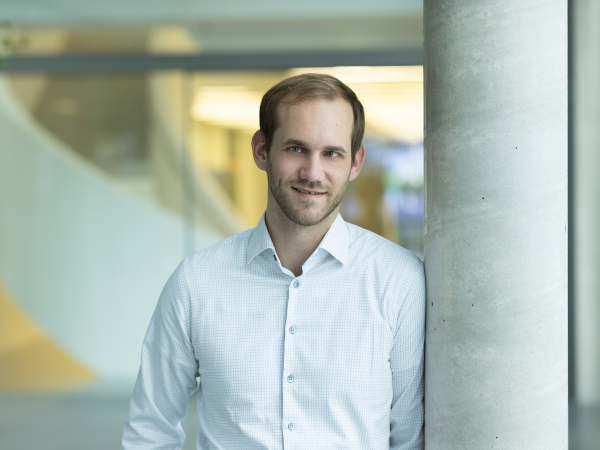
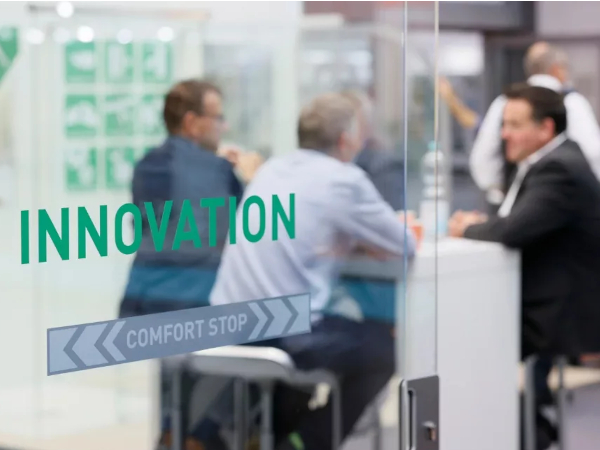
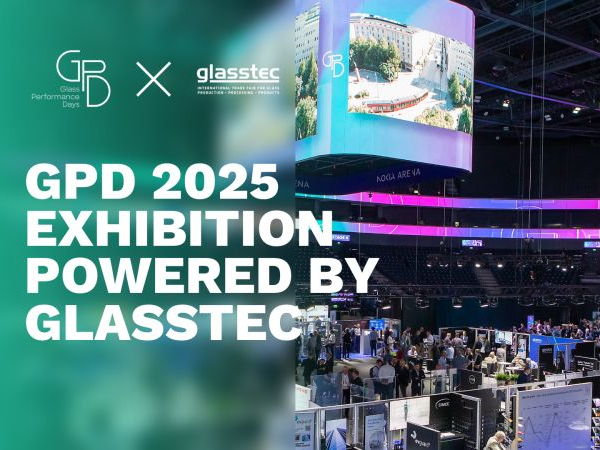
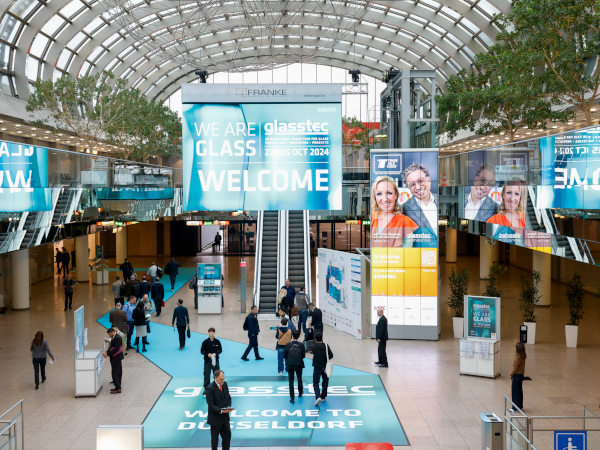
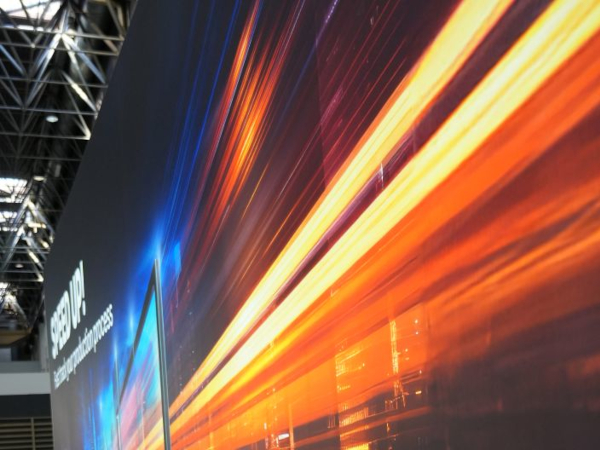
Add new comment